Biscayne National Park is not like most national parks. What visitors need to know.
Biscayne National Park’s proximity to Miami makes it an easy destination for hopeful visitors, but to fully enjoy it, you don’t need a car. You need a boat.
Unlike most of America’s national parks, Biscayne is comprised nearly entirely of water, so visitors should plan to be on the water – if not in it – to really experience the park.
Popular activities include padding through mangroves, snorkeling and diving along the Maritime Heritage Trail, and fishing in the open water. Even the park's campgrounds are on islands, only accessible by boat. Visitors without their own vessels should plan to book third-party excursions in advance.
Here’s what else visitors should know about Biscayne National Park, the latest in USA TODAY’s yearlong national parks series.
Quiz: How well do you know America's national parks?
Which state has the most national parks? Get to know the 63 national parks in the US
What is so special about Biscayne National Park?
Biscayne National Park is one the largest marine parks in the National Park System. About 95% of its more than 173,000 acres is water, and there’s only one mile of paved road.
The park encompasses Florida’s northernmost keys and part of the third largest coral reef system in the world.
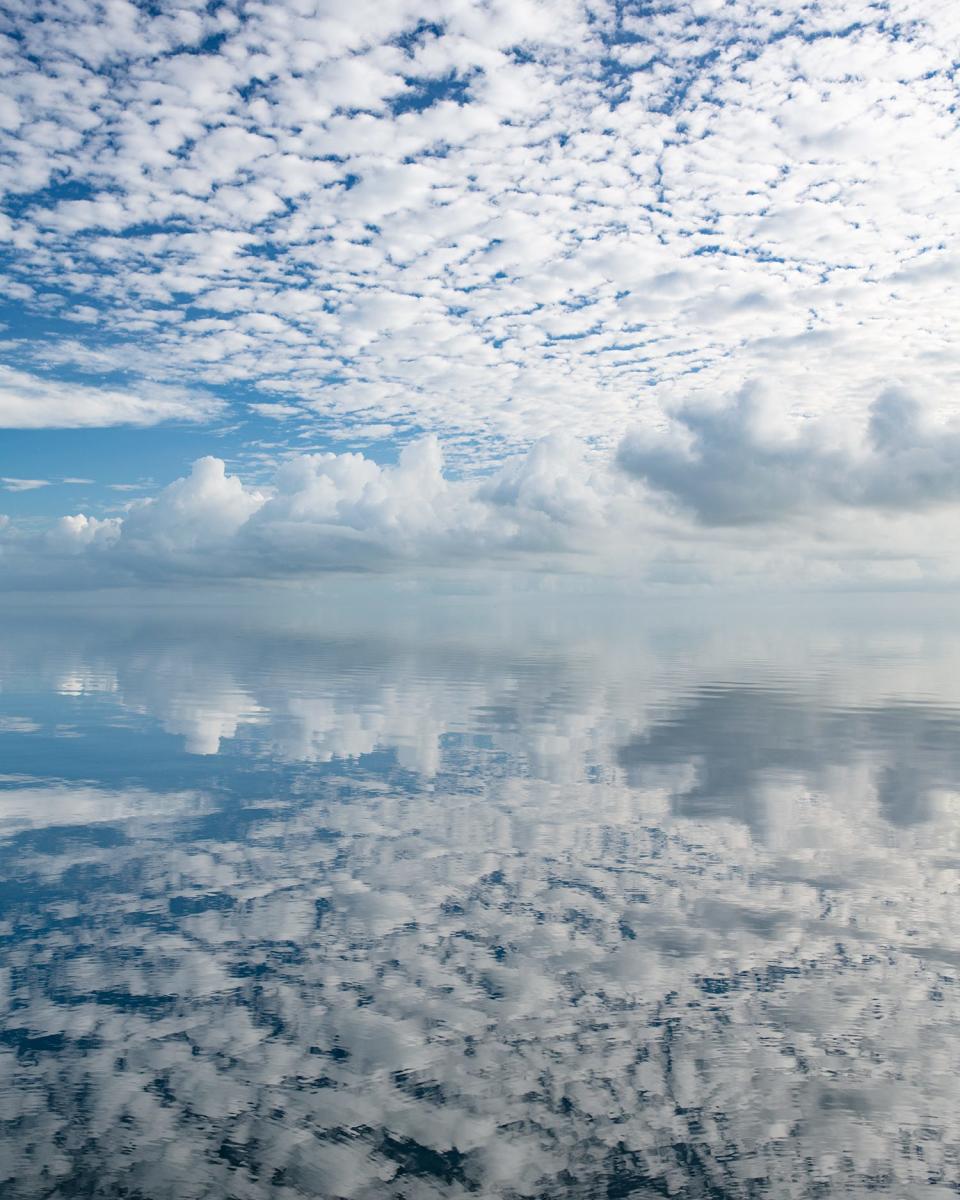
When did Biscayne become a national park?
Before it joined the National Park System, developers wanted to build commercial and residential properties in the area, like Miami Beach.
Grassroots efforts led to the establishment of Biscayne National Monument on Oct. 18, 1968, under President Lyndon B. Johnson. It became a national park in 1980.
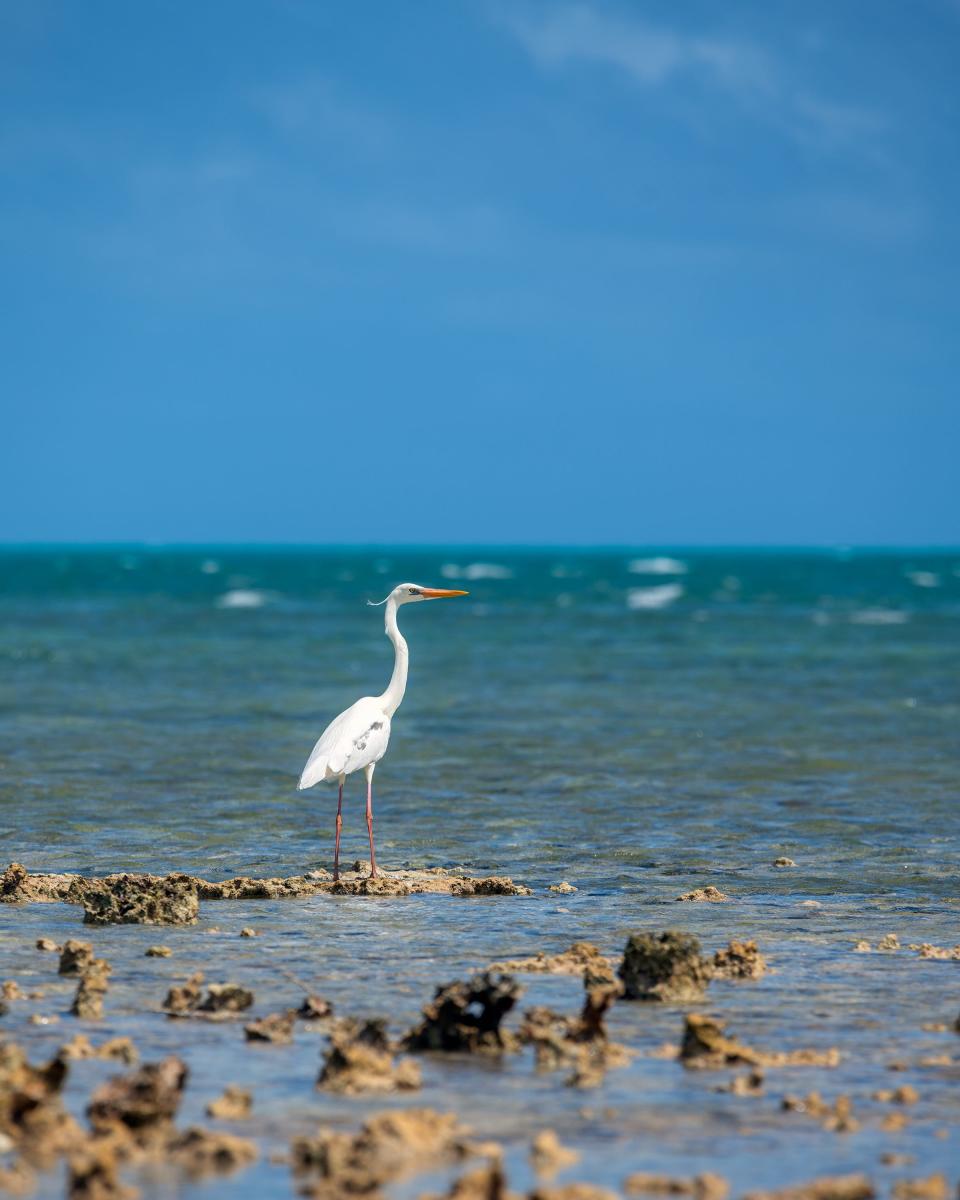
What cities are near Biscayne National Park?
Biscayne National Park is located near Homestead, Florida. It’s about 38 miles away from Miami to the north and Key Largo to the south. The nearest major airport is Miami International Airport.
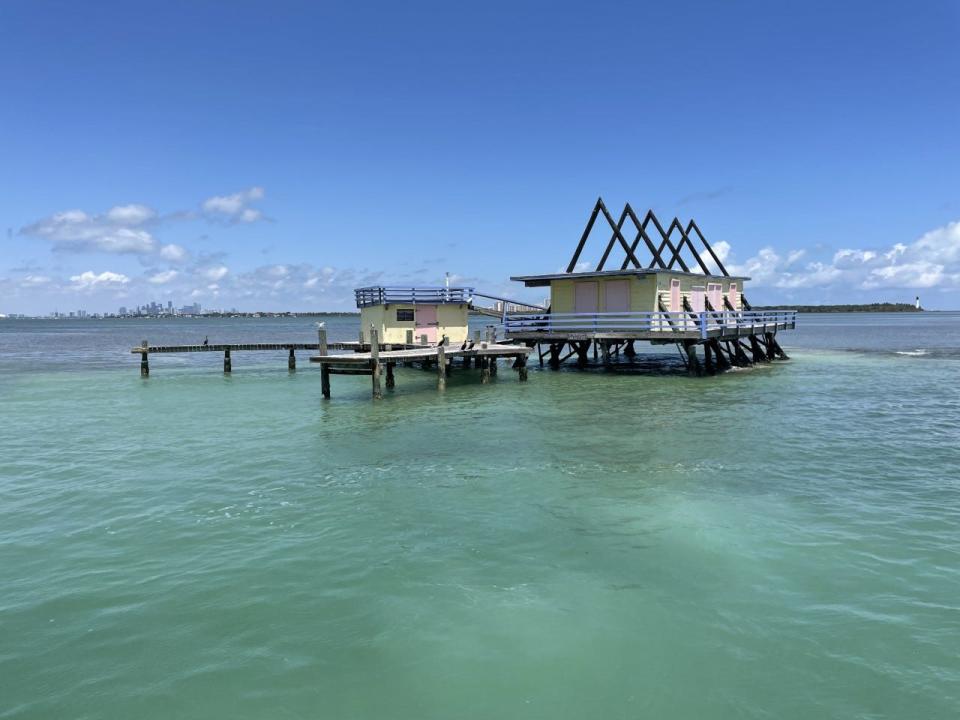
Can you visit Biscayne National Park without a boat?
The Dante Fascell Visitor Center – which offers films, museum exhibits and art shows – and self-guided, wheelchair-accessible Convoy Point Jetty Walk are located on land. Visitors can also access the park’s Black Point jetty area by land, through neighboring Black Point Marina. But you’ll need some type of water vessel to access the bulk of the national park, which extends out into Biscayne Bay and the ocean.
Biscayne National Park Institute, a non-profit approved by the park and whose proceeds support it, offers a variety of tours and experiences for visitors without boats. Those start at $39 for a kayak tour through mangroves. Several other authorized operators are listed on Biscayne National Park’s website.
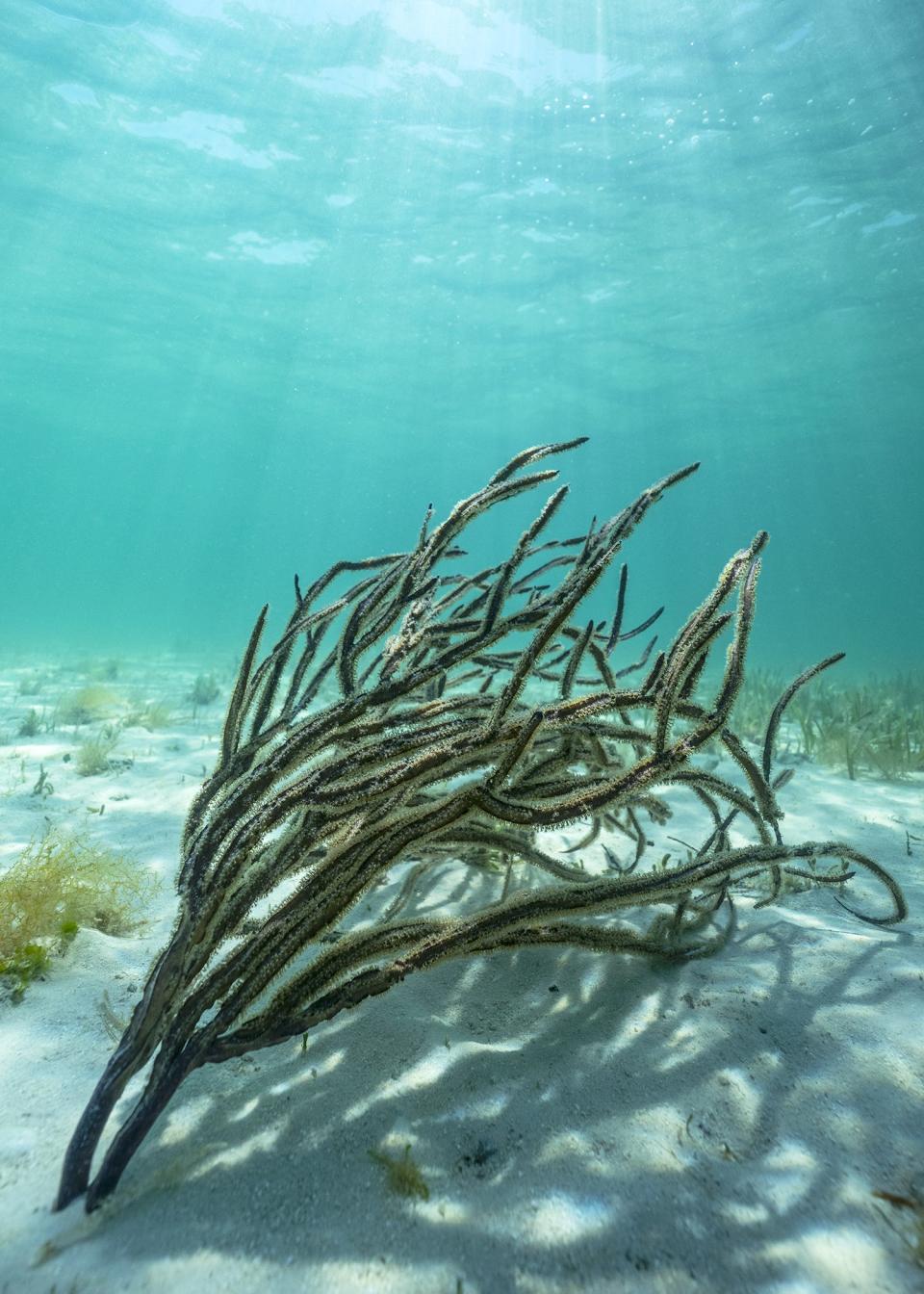
Do you have to pay to get into Biscayne National Park?
No. Entry to Biscayne National Park is free all year-round.
Visitors over age 16 need a valid Florida saltwater fishing license to fish in the park. A non-resident 3-day pass costs $17. Both state and National Park Service fishing regulations apply.
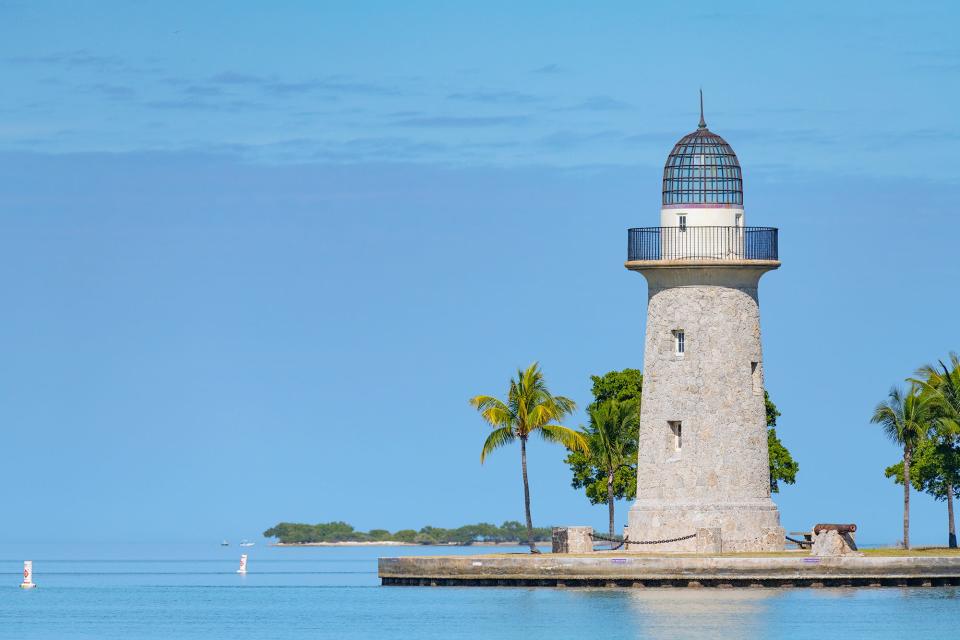
Can you see manatees in Biscayne National Park?
Yes. The park is home to manatees, sea turtles, dolphins, spiny lobster, more than 600 species of fish and a wide variety of birds. Birding is very popular.
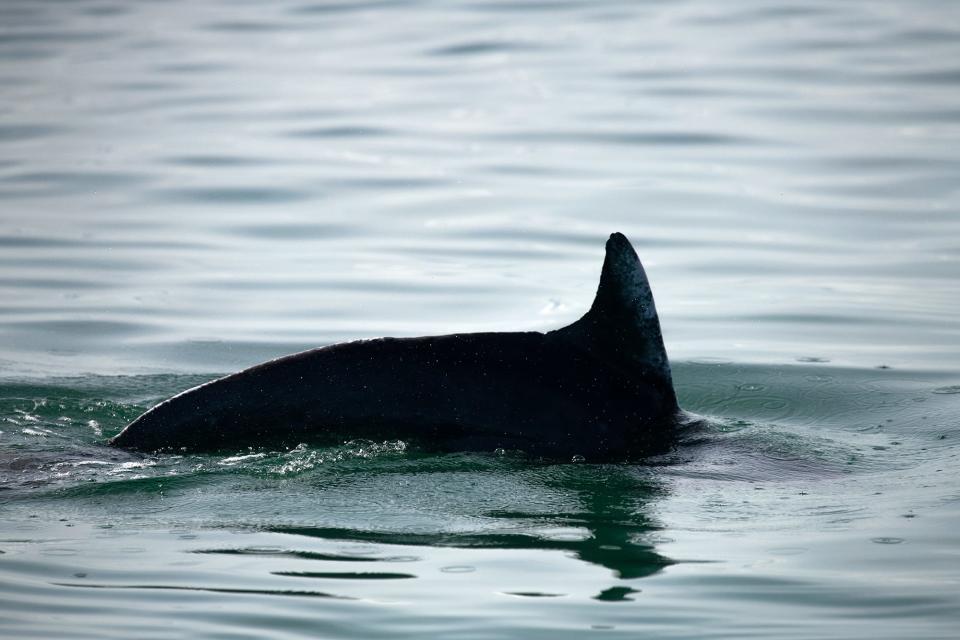
Who are the Native people of Biscayne National Park?
Paleo-Indians lived in the area more than 10,000 years ago, when sea levels were low and “the area of what is today Biscayne Bay was probably a broad, dry savannah,” according to the park’s website. It’s not clear who came immediately after them as waters rose, filling in the bay.The Tequesta settled in the land around 2,500 years ago, but “by the mid-1700s, virtually all of the area's indigenous people had been wiped out” by diseases brought by European settlers, according to the National Park Service. “Around this time, Creeks from neighboring Georgia and Alabama began to expand into what is today Florida, eventually giving rise to tribes like the Seminole and Miccosukee.”
More like this
What is so special about Acadia National Interesting facts you may not know
Why is Arches National Park so famous? What to know about the popular Utah destination
What is unusual about Big Bend? Top things to know about the national park
Is Badlands National Park worth visitng? Yes, and here's why
This article originally appeared on USA TODAY: Biscayne National Park is almost entirely water. What to know.

